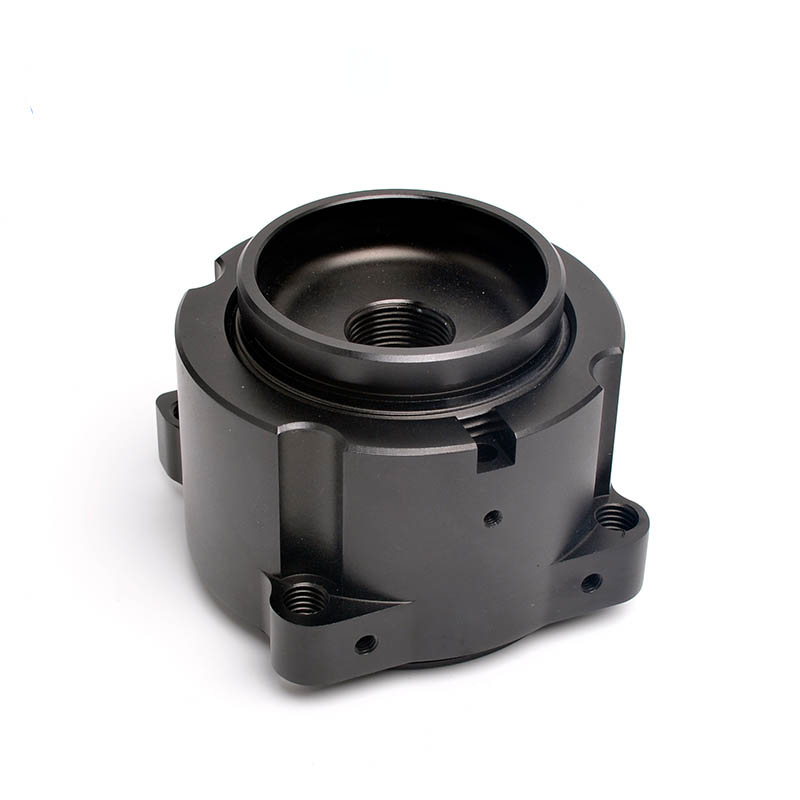CNC milling is an automated, subtractive manufacturing technology designed to remove material in a controlled, pre-programmed manner to produce parts. Almost any material can be processed using CNC milling, including metal, plastic, and wood. CNC mills require specialized operators, but once programmed, they can produces parts without continuous supervision. Engine blocks, gears, brackets, and various other components are produced with CNC mills.
A quick note on CNC milling vs CNC turning: CNC milling works by a moving tool across a stationary workpiece, whereas CNC turning rotates the workpiece, and a stationary tool does the cutting.

A CNC mill introduces a cutting tool into a stationary workpiece, automatically driving the tool through the material as the tool spins. Below is the basic workflow for CNC machine milling:
Design: The part is designed with 3D CAD (Computer-Aided Design) software using relevant DFM.You can check out our free CNC Design Guide for some expert tips on designing your next CNC milled part.